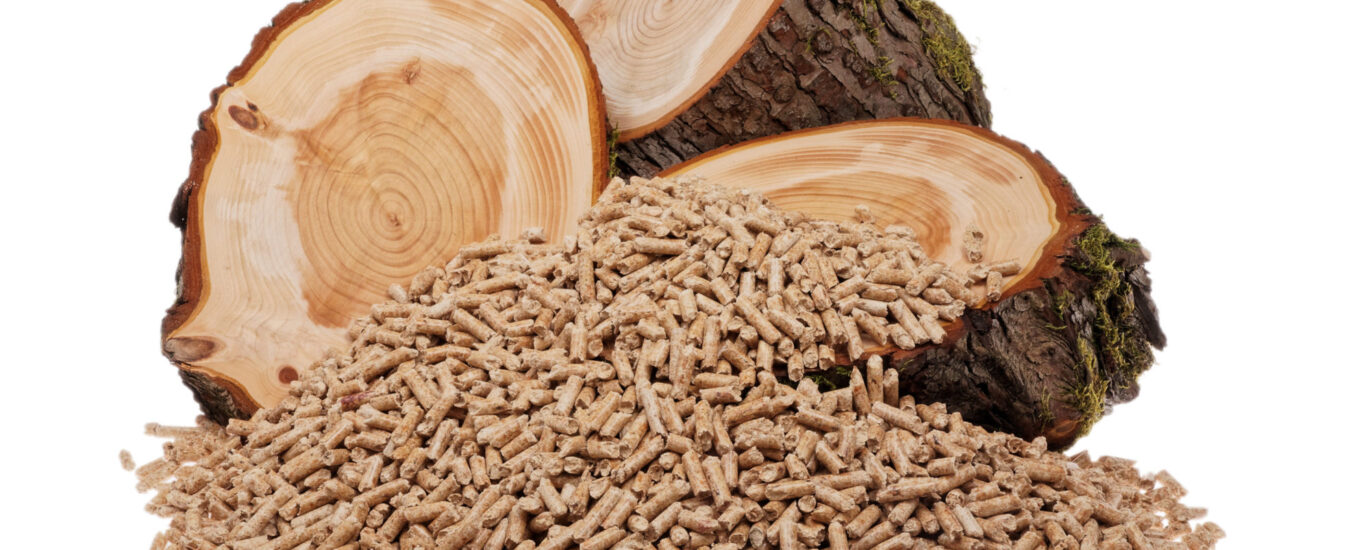The global Asia-Pacific biocomposites market is projected to augment at a flourishing CAGR of 13.4% throughout the forecast period from 2022 to 2032. The global market was valued at US$ 8,603.5 Million in 2022 and is expected to be worth US$ 27,817.3 Million by 2032. According to the historical analysis conducted by Future Market Insights, the global Asia-Pacific biocomposites market was estimated at US$ 250 billion in 2013. As per the projections, it has been predicted that the global market will reach US$450 billion by 2025. On the other hand, the global market for bio-based polymers is expected to grow at a CAGR ranging from 10% to 11.5%. The analysis of bio composite demand from 2017 to 2021 presented a historical growth rate of around 10%.
The growth of the market is attributed to the propelling industrialization and construction industry combined with increasing demand for consumer goods, transportation, and automotive sector products, which are driving the market demand globally. Furthermore, natural fiber reinforcement and a biopolymer matrix amalgamate together to create biocomposites, also known as green composites. While some materials are biodegradable, it is rare. The market for bio-composites is primarily driven by rising environmental concerns.
The need for green composites is stimulated by the depletion of natural resources like crude oil (crude oil is a significant component of non-bio composites), the focus on lowering environmental pollution levels, and the exploitation of agricultural waste. Natural fibers including jute, wood flour, sugarcane bagasse, oil palm fiber, rice husk, and others are utilized in biocomposites.
Identify key trends, drivers, and challenges in the market, which will help vendors improve their strategies to stay ahead of their competitors. View our PDF Sample Report @ https://www.futuremarketinsights.com/reports/sample/rep-AP-77
Report Highlights
Polypropylene (PP) composites paired with natural fiber reinforcement are rapidly becoming more and more common within the automobile sector. Natural fibers consist of various benefits over synthetic glass fibers, including lower cost, lower density, unique mechanical characteristics, less energy use, etc.
Owing to the fact that natural fibers like hemp are stronger than steel and can be produced at a lower cost, the automotive industry is actively embracing bio-composites. Due to their ease of molding and rigid nature, biocomposites are also used in the maritime and construction industries.
Over the coming years, the Asia-Pacific region is predicted to have a dominant market share over the market. Increasing development and rapid urbanization have enabled opportunities for this region to dominate the market in recent years. The economies of many countries in the Asia-Pacific area have grown in parallel with changes in various types of infrastructure, and these developments have been the main drivers of market expansion in recent years.
Recent Developments
The global market for bio-based goods has witnessed a significant boost due to the growing emphasis on the use of bio-based goods. To efficiently reduce the massive amounts of radioactive materials and garbage that are created daily, vehicle components have been selected for recycling.
In order to stop the escalating production of waste materials and scrap all over the Asia-Pacific, auto manufacturers have been told to handle the disposal process at their end. The manufacturers themselves are now responsible for the lifespan and care of the vehicle.
When compared to composite materials built of synthetic fibers, natural-fiber composites perform poorly mechanically and have relatively low strengths. Every fiber made from plants is polar and hydrophilic. Hemicellulose and hydrophilic pectin make up the majority of natural fibers (they absorb water). The compatibility of the fiber and matrix is hampered by the nonpolar and hydrophobic nature of polymers, which include thermoplastics and thermosets.
The chemical pre-treatment of the fiber is anticipated to boost mechanical strength. Moreover, natural fibers are thermally unstable as compared to synthetic fibers. As it begins to degrade at roughly 392°F, which is not supported by all manufacturing techniques. One other disadvantage of biocomposites that prevents their widespread application is poor fiber separation and dispersion.
Competitive Landscape
The key players in the market are divided into two groups, which are bio-composite manufacturers and bio-composite suppliers. The main producers of natural fiber composites in the market are Flexform Technologies, Technaro GmbH, Procotex S.A. Corporation NV, and Greengran B.V. The prominent suppliers of natural fiber composites are Stemergy, Bast Fibers, LLC, and Crailar.
Expand operations in the future – To get requisite details, ask for a custom report @ https://www.futuremarketinsights.com/customization-available/rep-AP-77
More Insights into the Asia Pacific Bio Composites Market
On the basis of demographic, the market is sub-segmented into five countries, namely China, India, Japan, Oceania, and ASEAN countries. Among all these countries, China and India collectively have a major share in the Asia-Pacific biocomposite market.
Key Segments Profiled in the Bio Composites Market Report Bio Composites Market
By Product Type
- Hybrid Bio Composites
- Green Bio Composites
By Fiber Type
- Wood Fiber
- Non Wood Fiber
By Polymer Type
- Synthetic Polymer
- Natural Polymer
By End Use Industries
- Construction & Building
- Transportation
- Consumer Goods
- Others (Electrical & Electronics, etc.)
About Future Market Insights (FMI)
Future Market Insights (ESOMAR certified market research organization and a member of Greater New York Chamber of Commerce) provides in-depth insights into governing factors elevating the demand in the market. It discloses opportunities that will favor the market growth in various segments on the basis of Source, Application, Sales Channel and End Use over the next 10-years.
Contact:
Unit No: 1602-006
Jumeirah Bay 2
Plot No: JLT-PH2-X2A
Jumeirah Lakes Towers
Dubai
United Arab Emirates
LinkedIn| Twitter| Blogs
For Sales Enquiries: sales@futuremarketinsights.com


